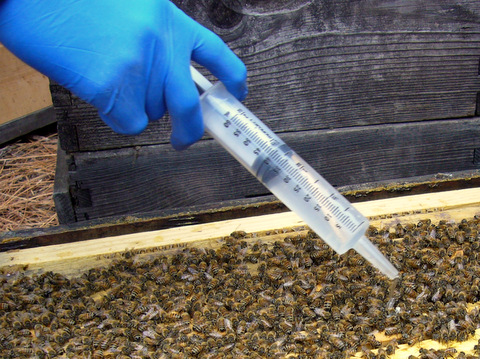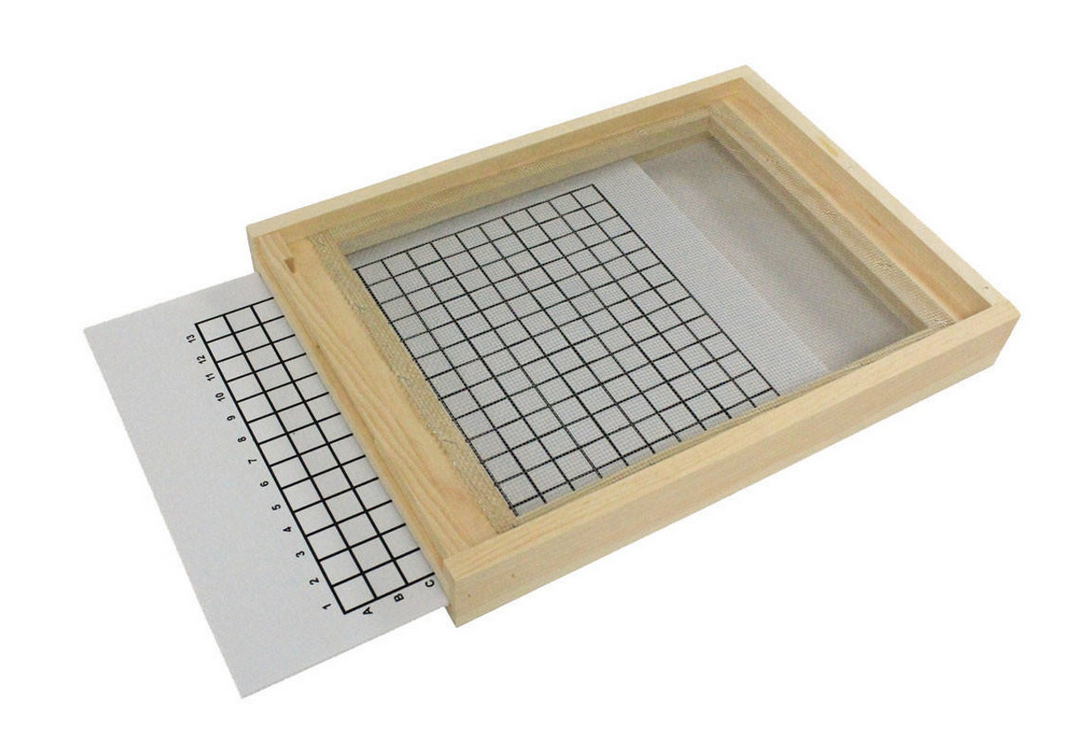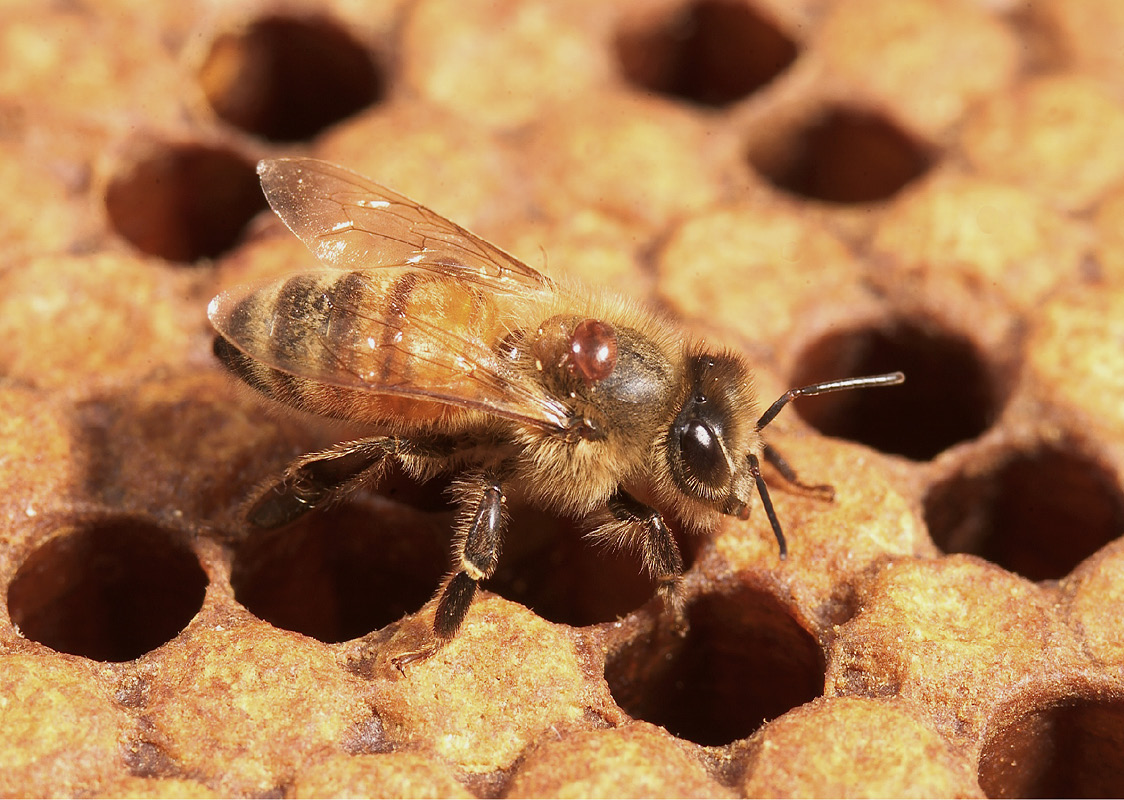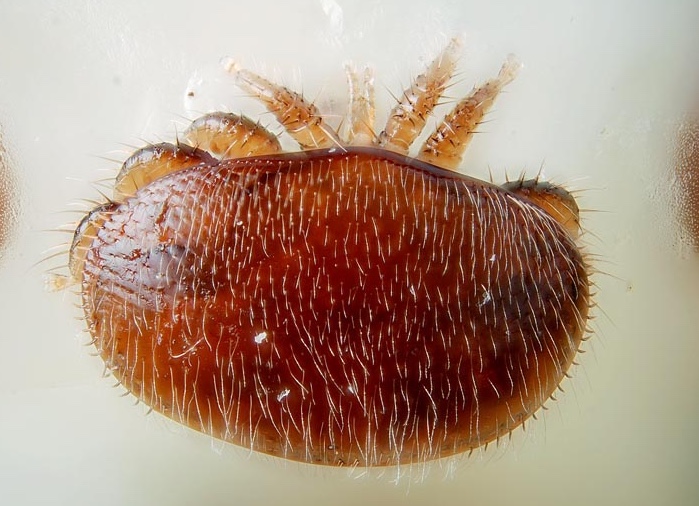How to Use the Oxalic Acid Dribble Method to Treat Varroa Mites
Image Credit: Randy Oliver, ScientificBeekeeping.com The oxalic acid dribble method is a simple, low-cost way to treat honey bee colonies for varroa mites—especially during cooler months or when brood levels are low. It’s widely used across Europe and the U.S., and when applied correctly, it’s a safe and effective tool in your varroa management plan. This article … Read more




